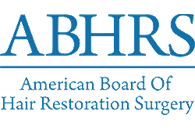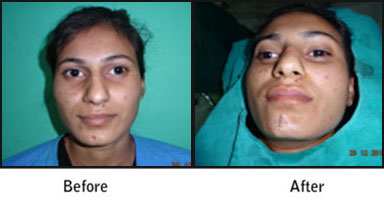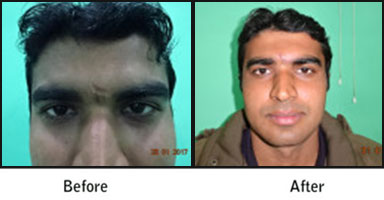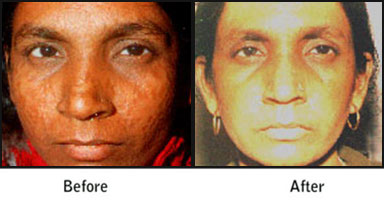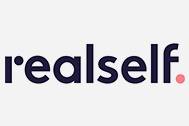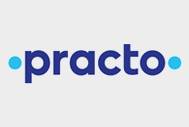Choose the Experts for Scar Reduction Treatment in India
Scars are a sign of your body’s natural healing process after the skin undergoes any trauma. They can be caused by wounds, cuts, infections, inflammation, burns, or any other injuries on your skin. If you do not like how a scar looks on your body, you can choose to hide it with advanced scar reduction treatments. Saraswat Hospital is one of the best places where you can get superior scar reduction treatment in India.
Scars don’t all look the same. They may be sunken, flat, lumpy, or coloured. The final appearance of a scar depends on factors like the texture of the skin, the nature of the trauma, and the person’s age. The inflammatory response of normal healing varies with age. Children and teens often get exaggerated scars as their immune systems tend to be “peaking” during those years. In contrast, injuries that would disfigure younger patients often do not leave a scar in people aged 60-90.
At Saraswat Hospital, we have AAAM-certified cosmetic experts who can help you remove or reduce your old scars. We offer a range of scar reduction treatments in India, ranging from laser therapies to surgical procedures.
Types of Scars
Scars leave a mark on the skin after a wound has naturally healed. Different types of scars can look different, as explained below.
Fine Line Scars
Fine line scars are common after a minor injury or surgery. The cut heals, usually leaving behind a raised line on the skin. This, too, can fade and flatten after some time has passed. These scars do not disappear fully and will leave behind a visible mark. Fine line scars are not painful.
Keloid Scars
Keloid scars are caused by an overgrowth of the skin tissue. It happens due to over-collagen production at the wound site, and the scar continues to grow even after the wound has healed. Keloid scars can look pink, red, or darker than the surrounding skin. It has a raised appearance and can be itchy and painful.
Hypertrophic Scars
Hypertrophic scars are also the result of excess collagen production at the wound site. But unlike keloid scars, they do not grow beyond the original boundary of the actual wound. The scar tissue thickens up before it gradually improves after a few years.
Pitted or Sunken Scars
These scars are usually caused by skin conditions such as chickenpox and acne. They have a pitted or sunken appearance and are also called ice-pick scars.
Best Treatments for Scar Reduction in India
Scars are the result of the skin’s natural healing after a wound or cut. If a plastic surgeon does the initial suturing of the wound, then they have the expertise and medical know-how on how to close the wound, which results in minimal scarring.
If at all possible, at the time of the primary event, patients are advised to go to a cosmetic surgeon for the initial suturing to keep the scars to a minimum. In the event that a patient develops significant scarring, it can be treated in the following ways:
Initial Treatment
When the scar is still new, patients are given medical treatments. Oral medicine is prescribed that contains scar-modulating agents.
In the case of keloid or hypertrophic scars, patients are given local steroid injections. Additionally, there are also some massaging agents that help to soften and lighten the scar. The initial treatment could cost around INR 2,000 per session
Semi-invasive Treatments
It must be understood that scar tissue is separate from skin tissue. The scar tissue cannot be changed into skin tissue via any method. Semi-invasive treatments focus on increasing the amount of natural collagen and elastin in the scar tissue so that the scars become softer, lighter, more relaxed, and faded.
Fractional CO2 Laser: In this procedure, the laser is used to form micro-injuries on the skin. This results in the formation of new skin cells through increased production of collagen. The new skin tissue makes the existing scar lighter and softer. The fractional CO2 laser helps make the scars look faded. This treatment is useful for acne scars, chickenpox scars, and multiple smaller scars.
The fractional CO2 laser treatment costs INR 10,000 per sitting.
Multi-Trepannic Collagen Actuation (MCA): This process is medical dry needling, also known as micro needling. Multiple needles are used to prick the skin a certain number of times per second. Micro pits are created with the help of needles. To heal these tiny wounds, the skin releases several growth factors, including collagen and elastane. This makes the skin more relaxed, and the scars become softer and lighter, which gives them a faded look. This method of treatment is specifically useful for burn scars, stretch mark scars, and self-harm scars on the forearm.
The Multi-Trepannic Collagen Actuation cost depends on various factors, including the treatment area. The cost may range between INR 12,000 and INR 20,000 per session.
Derma Pen with PRP: Derma Pen treatment is similar to micro needling where a device is used to prick your skin and cause tiny wounds that trigger collagen production. PRP refers to Platelet-Rich Plasma. In this, the plasma found in your blood is applied to the face to regenerate skin cells.
In Derma Pen treatment combined with PRP, the plasma applied to your skin acts as a lubricant. Next, the derma pen is used to push the PRP serum deep into your skin layers and simultaneously cause the micro pits. As the skin releases natural collagen, it comes into direct contact with the growth factors of the plasma cells, which help strengthen the skin rejuvenation process. This treatment relaxes the skin and softens and lightens the scars.
The scar reduction treatment with PRP costs INR 15,000 per session.
Surgical Treatments
Scar revision surgery is a medical-grade attempt to minimize a scar. Being one of the best clinics in the industry, Saraswat Hospital provides advanced scar revision treatment in India. Our treatment procedure aims to make the scar less conspicuous and blend it with the surrounding skin tone and texture.
Scar Revision Treatment: In this procedure, the surgeon takes out the scars surgically. Once the scar is removed, very fine stitches are used. For longer scars, a technique called ‘Z-plasty’ is used where the scar is broken down. Linear scars always result in exaggerated scarring. With Z-plasty, the linear scar is broken into multiple zig-zags. This causes the size of the scar to decrease post-procedure.
For wide scars, multiple sittings have to be used for serial excision. There is usually a gap of 2–3 months between each sitting. This procedure can be repeated about 2–3 times.
Scar revision treatment in India is only suitable for those patients who do not have any keloid or hypertrophic scars. Scar revision does not work on such types of scars.
Depending on the area, the cost of scar revision treatment may range between INR 15,000 and INR 50,000.
Tissue Expander: It is another popular scar revision surgery in India and is used for bigger scars. A cut is made at the edge of the scar, and then a silicone balloon is inserted underneath the skin. Over 2–3 months, saline is injected into the balloon through a port, and it slowly expands the skin. Once the skin is expanded, the balloon is taken out, and the scar is removed. Next, the expanded skin that is created is expertly moved over the scarred area. This treatment is especially helpful for burn scars.
Depending on the treatment area, the tissue expander treatment may cost around INR 1.23 lacs.
Skin Grafting: This treatment is generally used for advanced burn scarring. The scar tissue is surgically removed and then replaced with skin tissue taken from another healthy part of the patient’s body. This treatment is used to deal with advanced scars that have toughened over time.
Skin Grafting treatment may cost you INR 50,000 per session.




